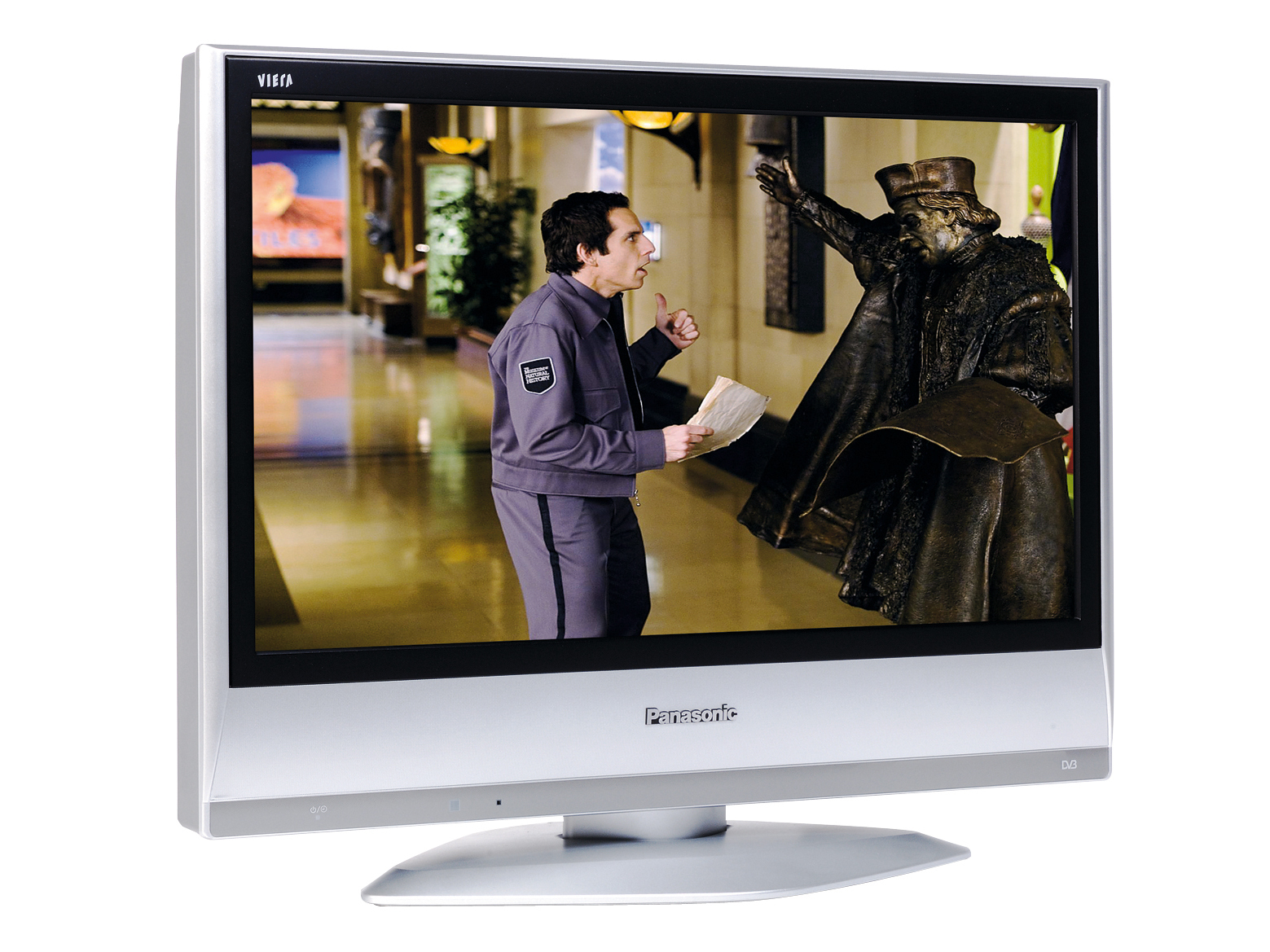TechRadar Verdict
A let-down from Panasonic: pricey, noisy standard-def pictures and poor audio
Pros
- +
Impressive HD pictures
Easy to use
Cons
- -
Expensive
Too much picture noise
Disappointing audio
Why you can trust TechRadar
This 23in set offers two HDMIs, which is remarkably generous for such a small set. But this is the least Panasonic could do to justify the TX-23LXD60's £700 price tag.
Component video inputs add a third HD-capable connection to the TX-23LXD60's impressive roster, while two RGB-capable Scarts cater for standard-def kit in the best-possible quality.
Sadly there's no PC VGA input, to allow this TV to act as a computer monitor, but there is a set of side-mounted AV inputs that allows external devices to be attached.
The TX-23LXD60 boasts a built-in digital tuner, and a common interface for adding Top Up TV's pay-TV channels. There's also the usual range of digital TV features, including a seven-day EPG and an eight-event timer for external recorders. Those without reliable digital reception will also welcome the inclusion of an analogue tuner.
Other features include Panasonic's proprietary image engine, V-Real Advanced LCD AI with automatic backlight and contrast control, plus a clutch of sound and picture presets and noise reduction.
The TX-23LXD60's contrast ratio is quoted at an impressive sounding 1200:1, while the set achieves a response time of 8ms thanks to the Overdrive system, which suppresses image lag to sharpen up fast-moving action.
Ease of use is one of the TX-23LXD60's most appealing qualities. For starters, the remote's perfect layout and large, chunky buttons make it easy to find the right function. The onscreen menus aren't exactly sophisticated, but they are easy to explore.
Small screen hi-def
The set's hi-def pictures nothing short of stunning. Panasonic has always been a dab hand at generating deep, convincing blacks and the TX-23LXD60 continues the good work, making them look almost tangibly solid while showing enough sensitivity to pick out different shades within them.
This black level brilliance also makes detail really stand out. Wimbledon coverage on BBC HD looks sharp and punchy, with the deep blacks and razor sharp detail making the image look positively 3D. Shots of the crowd, contain row upon row of crisply rendered faces and clothing.
The TV also achieves excellent colour fidelity, producing bold yet believable shades of green and superbly realised skin tones. However, we're disappointed to see some noise flickering away across the picture, particularly visible on the dark green wall at the back of centre court.
The Overdrive system does a good job though, keeping pace with the fast-moving ball at all times and keeping image lag kept to a minimum.
The TX-23LXD60's Freeview pictures are bright and vivid but a little too noisy for our tastes. On camera pans, for example, objects can shimmer gently and lose focus, though static shots look much cleaner.
Audio quality is also a bit of a let-down. Crank the volume up reasonably loud and powerful noises like cheering crowds or explosions sound over-compressed and harsh. There's a surprising lack of bass too, which means it lacks any real muscle with demanding movie soundtracks.
The poor audio quality rounds off a generally disappointing performance. The hi-def pictures are admirable and two HDMIs are welcome, but overall this is an underwhelming and overpriced TV.
Tech.co.uk was the former name of TechRadar.com. Its staff were at the forefront of the digital publishing revolution, and spearheaded the move to bring consumer technology journalism to its natural home – online. Many of the current TechRadar staff started life a Tech.co.uk staff writer, covering everything from the emerging smartphone market to the evolving market of personal computers. Think of it as the building blocks of the TechRadar you love today.

